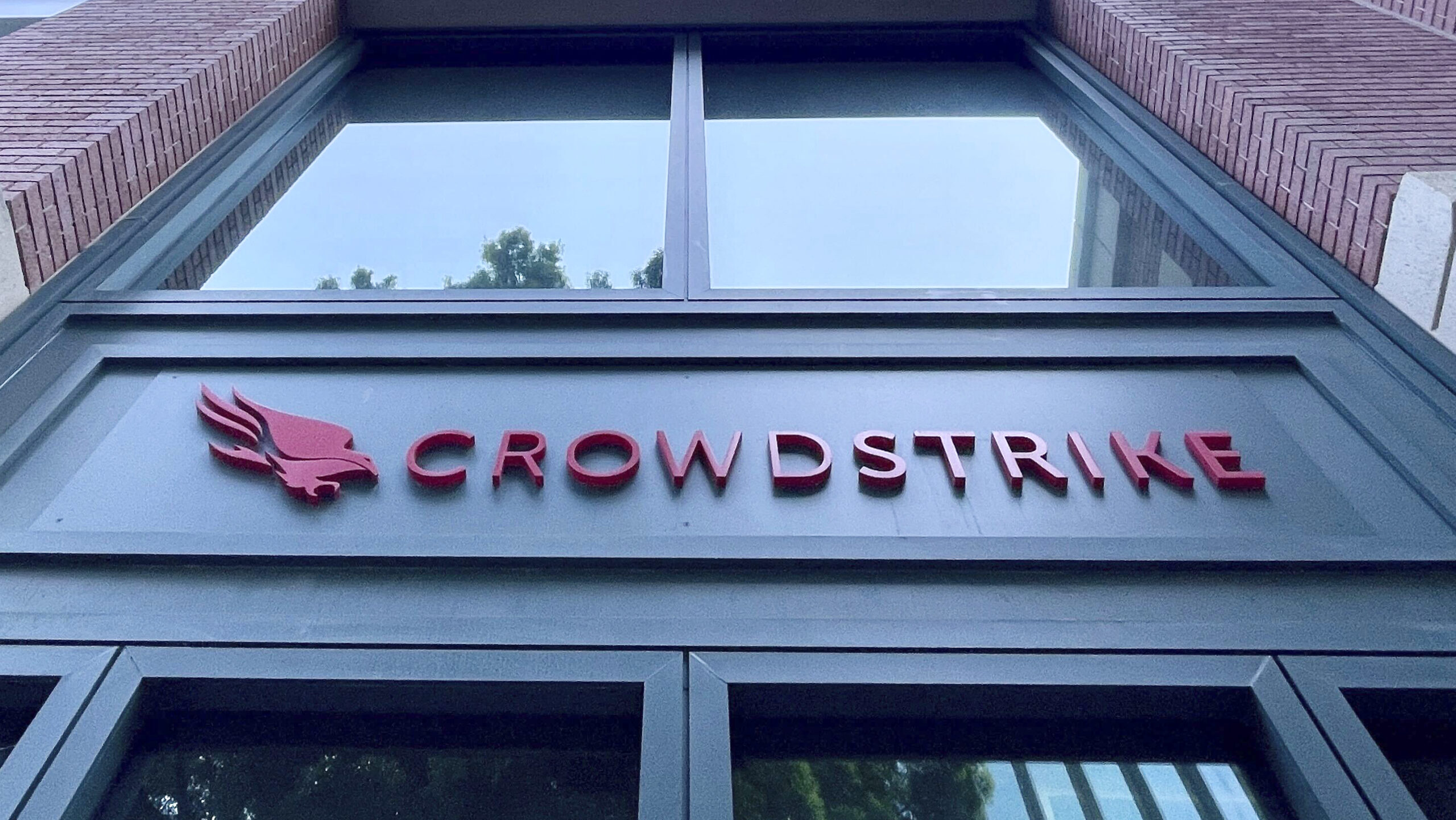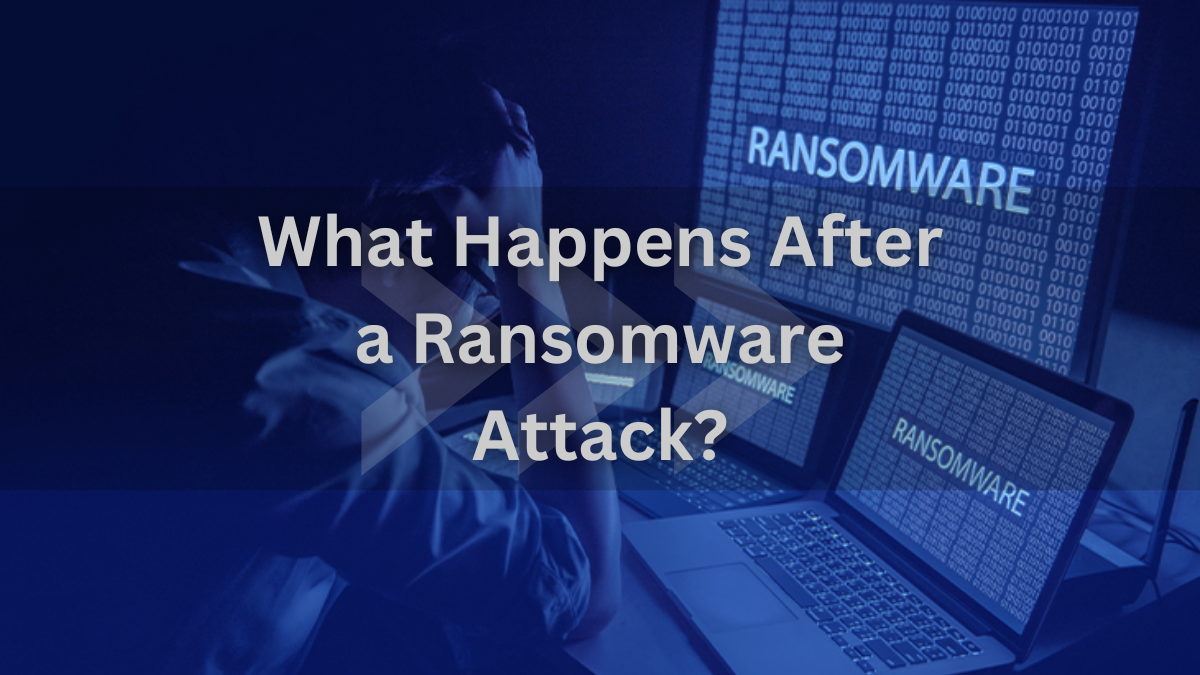Misconfigurations Abound
Enterprises have a plethora of different settings and permissions in their employees’ SaaS applications. It is the duty of the IT team to verify, confirm and secure all of these settings and permissions to ensure they comply with industry stands and company policy.
Misconfigurations are extremely challenging, these configurations are constantly changing with each update, and with each change in employee roles or personnel, the complexity of these configurations is compounded by compliance with industry standards. SaaS app owners tend to sit in business departments outside the IT team’s scope and are not trained or focused on security.
SaaS security posture management solutions are one way to reduce the impact of this risk, these solutions provide full visibility and complete access to most SaaS apps in the SaaS stack. The IT teams should be able to use these solutions to gain context into security alerts and gain answers to key questions such as: Which users are subject to a certain misconfiguration? Are they admins? Is their MFA enabled? By having these answers at their fingertips, IT teams can enforce company and industry policies to remediate potential risks from any misconfiguration.
SaaS-to-SaaS Access
Organizations often connect apps to the company’s SaaS environment without approval or intimation to the IT department and cannot screen or properly onboard these apps to the companies existing infrastructure. Employees often connect these apps for their own job requirements, but this creates a critical threat to the company’s SaaS environment, due to poor integration or inadequate screening of the solution.
When apps are connected to the workspaces, employees grant permissions to these apps without properly understanding what is being asked, these granted permissions allow these foreign software and apps to read, create, update, and delete corporate or personal data, or even spread malicious code into the servers. IT teams must be able to identify apps and software that can be pre-approved and those which pose a risk to the integrity of the organization’s data.
An SSPM solution can arm your IT team with this type of discovery and control while providing advanced reporting capabilities for effective and accurate risk assessments.
Device-to-SaaS User Risk
Modern IT teams are unable to manage threats from users accessing their SaaS apps from personal devices – which poses a high risk to the organization, especially if the device owner is one with unrestricted access. Personal devices are susceptible to data theft and can pass malware to the organization’s SaaS environment. Lost/Stolen devices are often unreported to an organization’s IT team and the decryption of the phone code would give anyone easy access to the organization’s network
It is the duty of the IT team to identify privileged users such as admins and executives, calculate user risk levels, and recognize which endpoint devices need to be more secured.
Identity and Access Governance
Every uninformed user is a threat to a SaaS, and constant processes to ensure proper access and authentication settings are in place along with validation of role-based access management and establishing an understanding of access governance. Identity and access governance helps ensure that security teams have full visibility and control of what is happening across all domains.











